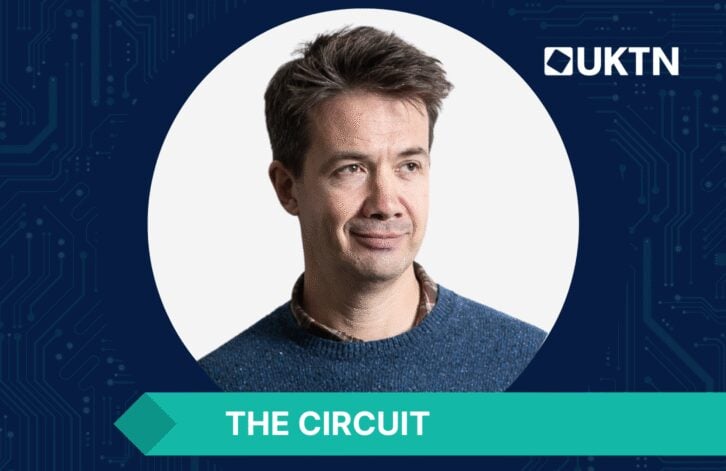Welcome to The Circuit series. Meet our next interviewee:
Alloyed is a University of Oxford spinout that specialises in developing and manufacturing high-performance metal components through a combination of materials science, advanced software, and additive manufacturing, which includes 3D printing.
Earlier this year, the startup secured £37m in Series B funding, reflecting its impressive traction – with customers including Anglo American, BMW, Boeing, Hitachi Metals, and Microsoft.
In this exclusive Circuit interview, Alloyed CEO Michael Holmes discusses relocalisation, digitisation and the new possibilities opened by additive manufacturing.
What makes Oxford spinouts special, and can those qualities still be seen years after spinning out?
What we have in Oxford is a concentration of talent, and what’s relevant to the first stages of a spinout is the talent that’s found in the laboratories and research groups.
In some sectors, that is enough for a company to live on for a long time. For example, if you are a biotech company that invented a new drug – that’s like an exothermic reaction in chemistry, you put a little bit of energy in, and everything fizzes.

We are more like endothermic reactions: you must keep putting energy in to keep ahead of the field. Sitting in Oxford, we are in a very privileged position to hire great mechanical engineers and metallurgists.
We hire from other universities as well, but there is a such a high concentration of new graduate talents in Britain, and in Oxford in particular, that we have become pretty good at recruiting. That is an important part of being our type of Oxford spinout.
What are the challenges and benefits of running your business across multiple continents?
The benefits are on-the-ground access to different customers and economic environments; and in the defence sector, where we’re spending some time currently, to different procurement and legislative environments. The ability to recruit in multiple markets is also valuable.
The biggest problems are not related to Brexit or tariffs; those are minor inconveniences at most. The real challenges are personnel related. You do not need a homogenous culture, but you need consistent cultures. How do you keep binding people together culturally and intellectually across multiple locations? That is 95% of the challenge.
What are the issues advanced manufacturing is facing that those outside the industry do not know about?
For Apple, responding to the pressure of manufacturing in the States is a question of reproducing a skill set and an ecosystem of skill sets that exists in China but not currently in the US. On top of that, those who work in procurement at large American companies have been trained to procure from China. That bias has not been deliberate but is nevertheless a big gradient that these companies need to travel up.
Another example, if the turbine disc of a jet engine breaks, the plane goes down. Companies take enormous precautions to make sure that doesn’t happen; but it is very difficult to separate the issues of quality and integrity.
When you reproduce these assets in another country, the degree of recertification that must be delivered is a significant, expensive and time-consuming endeavour.
“For too long, additive manufacture has been in an unnecessary small box of prototyping”
What exciting developments are happening in advanced materials?
I think what is relevant to the relocalisation of manufacturing is that you can describe what the machine is doing in a digital fashion. Instead of being a highly analogue IP, this is described as a set of ones and zeroes, meaning that your manufacturing information is transferable across borders more readily allowing for speedier design processes.
There are also a set of further advantages which relate to the capability that additive manufacturing gives for freeform design. It is a common exaggeration to say you can make any shape by additive manufacturing, but you have a wide range of shapes that you can design that simply cannot be made by any non-additive process.
What is your advice for entrepreneurial engineers concerned about the financial barrier to entry for deep tech startups?
The key is to distinguish between real problems and “shiny” distractions. Over the last decade, much of the investment in additive manufacturing has not delivered the expected results, and I do not see that trend changing soon. The real challenge begins after design: how do you get a machine to reliably produce that design, and how can you trust it to repeat the process consistently?
It’s also important to focus on large sectors where the markets are big enough to sustain growth. For too long, additive manufacture has been in an unnecessary small box of prototyping and applications that can sustain high prices for low volumes of objects. It doesn’t need to stay there. One of our key goals is to apply our technologies in ways that break it out of that box.

